Experiencing a new country is intimately linked with food. The delicious, weird, new, gross and unknown are often part of any trip abroad. Every country has interesting and unique dishes that tend to exemplify its history, tastes and culture. Here is a list of a few standout meals to be found around the world.
Argentina
It is widely known that Argentinians enjoy nothing more than a good steak paired with a fine Malbec wine. The meat in Argentina seems to always be cooked to perfection and filled with flavor, but delving into the various cuts can be overwhelming, so we’ve broken it down:
• Asado can refer to three individual meanings: the technique of barbecuing, the meat cut known as short ribs, or attending a social gathering where a barbecue is happening.
• Parilla is the grill that the meat is cooked on.
• Bife de chorizo is the popular, thick and juicy sirloin
• Bife de costilla is a T-bone steak
• Bife de lomo is an extremely tender, thinner cut
• Ojo de bife is a ribeye cut
• Vacio is flank steak that is absolutely delicious but a bit more chewy
• Entrana is a skirt steak that is thin and flavorful, but not quite as tender as other cuts
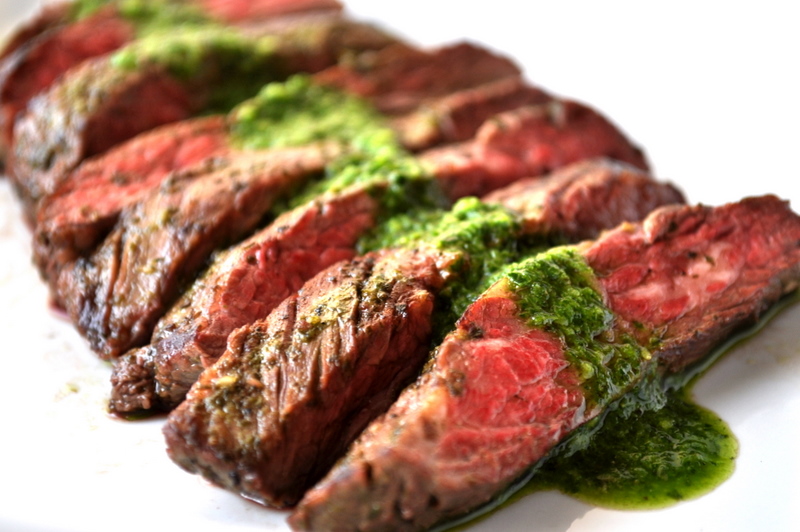
Brazil
Feijoda, whose name is derived from the Portuguese word for beans, is considered to be the national dish of Brazil. It is a rich and hearty stew of black beans, beef and pork with endless variations of ingredients that can include numerous types of salted, smoked, and slow-cooked fresh meat. Common side dishes to feijoda are white rice and collard greens. The dish is usually served on the weekends as a way to bring families together.
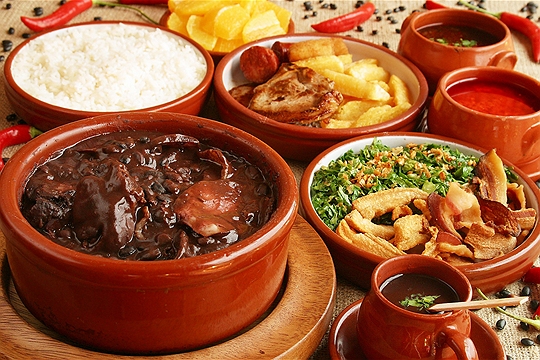
China
Peking duck is seen as the national dish of China and has been prepared since the Imperial era. It is hard to miss in Beijing, and is a true delicacy. The bird is usually roasted in a closed oven or hung over flames to cook. It is so revered for its thin crispy skin, the juicy meat is almost an afterthought. It is traditionally carved table-side and the process is its own art form in how expertly it is sliced. Wrapped in a very thin Mandarin-style pancake with scallions, cucumber, and a bit of hoisin sauce is the perfect way to enjoy this feast.
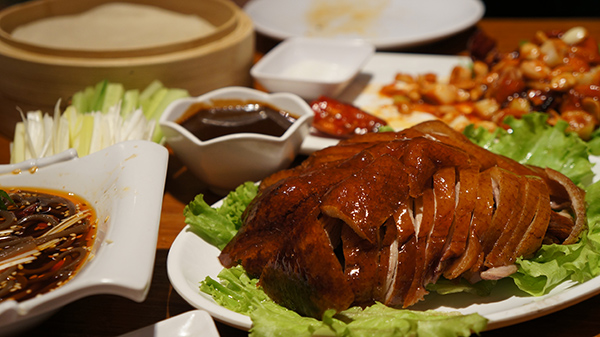
Costa Rica
A casado is the most prevalent meal in Costa Rica, and often served for lunch. Casado means “married man” and many think this refers to the “marriage” of ingredients on the plate. The basic staples are rice and beans accompanied by fried plantains, a simple salad, and a choice of meat, usually chicken, steak or fish with grilled onions. Other vegetable or meat options also vary by restaurant, but casados are always affordable and filling.
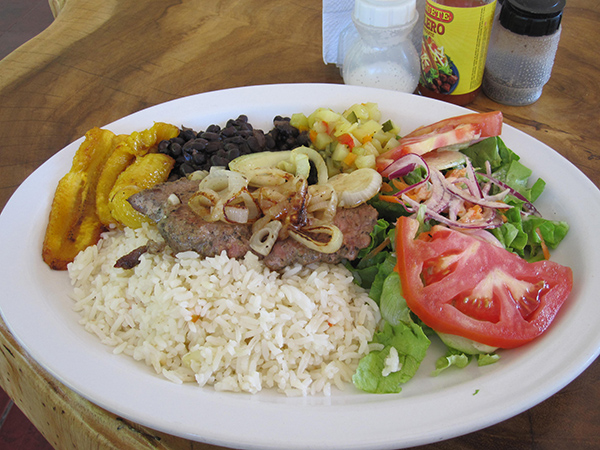
Greece
Moussaka is commonly associated with Greek cuisine but can also be found in slightly different variations in Turkey, the Balkans and Lebanon. The popular Greek version is generally based on sautéed eggplant and tomatoes, layered with minced meat and a topcoat of white béchamel sauce that goldens when baked. Reminiscent of lasagna with its layered ingredients, Moussaka can also include additional vegetables such as onions, zucchini and mushrooms.

Ireland
Stew is the quintessential Irish dish, but adding the famous Irish beer, Guinness, (though unacceptable to stew purists) makes for a delicious twist. All basic stews tend to have lamb, onions and potatoes with vegetable options such as carrots, celery, parsnips or turnips. This was traditionally a dish of the poor so the best meat cuts were never used, but the long slow cooking brings out the mouthwatering tenderness of the meat. This is a filling and hearty meal sure to keep anyone warm and satisfied.
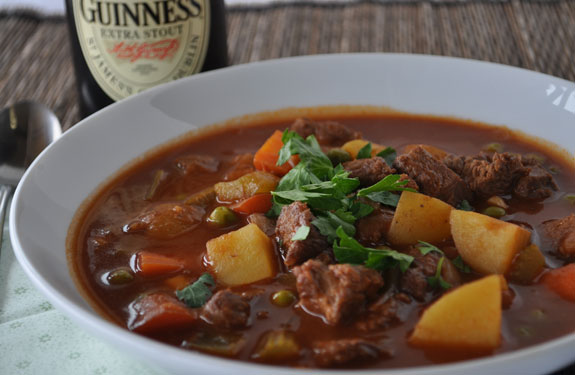
Israel
Falafel is much loved in Israel but as with everything else in The Middle East, the dish’s true origin is much politicized. A popular theory is that it came from Egypt but is now inextricably linked to Israel as the country’s most popular fast food. Regardless of the infighting, this deep fried chickpea ball is revered for good reason. In Israel it is often served in a pita with tahini sauce, which is a sesame seed paste, and chopped peppers, tomatoes and cucumbers. Other delicious additions include pickled eggplant, hummus, spicy peppers, lettuce, onions and pickles.
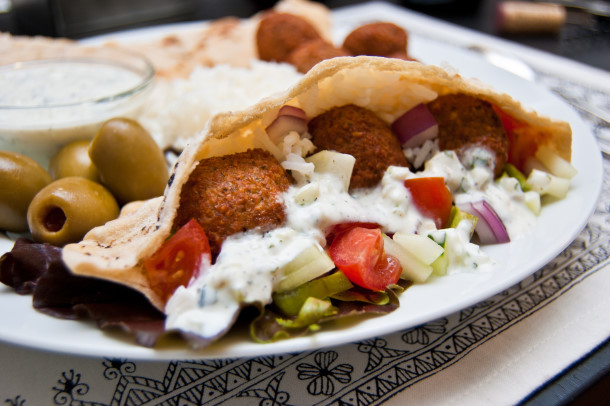
Japan
Sushi has become an obsessed over, worldwide phenomenon. The combination of cooked vinegar rice and fresh, usually raw fish has been re-created with so many adaptations it’s hard to keep up. What we know today as sushi was created in the early 19th century in Edo, Japan as a form of fast food. Nigiri sushi is popular among purists as it is just a hand formed ball of rice with a dab of wasabi and a piece of fish on top. Popular fish options are maguro (tuna), toro (fatty bluefin tuna belly), hamachi (yellowtail), ebi (cooked shrimp), unagi (freshwater eel with a sweet sauce), and saba (mackerel). Other kinds of sushi are maki (sushi roll) which consists of rice, fish and sometimes vegetables rolled in seaweed paper and then cut into bite sized pieces. Another is temaki (hand roll) where the seaweed is wrapped to resemble an ice cream cone and filled with rice, fish and vegetables.
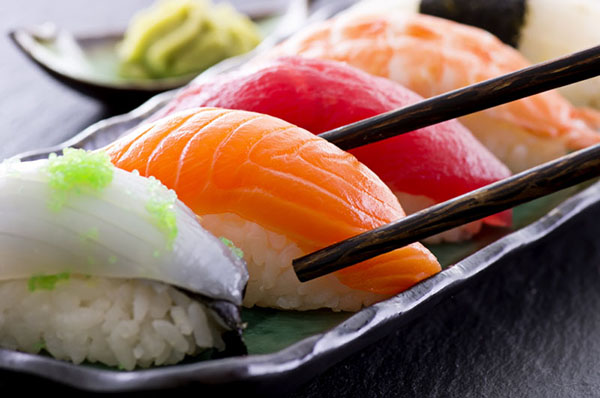
Singapore
As a melting pot of cultures with 4 official languages. Singapore has been deemed a globally acclaimed food hot spot. Chicken and rice, otherwise known as Hainanese Chicken seems to be a simple national dish for such a multicultural country, but it is certainly deserving of the title. The recipe originates from Chinese immigrants from the Hainan province in South China. The juicy bite sized pieces of white meat chicken served over rice pre-cooked in chicken broth is served everywhere from street stalls to 5 star restaurants. The meal is often accompanied with a garlic chili dip and soy sauce, which adds a boost of flavor.
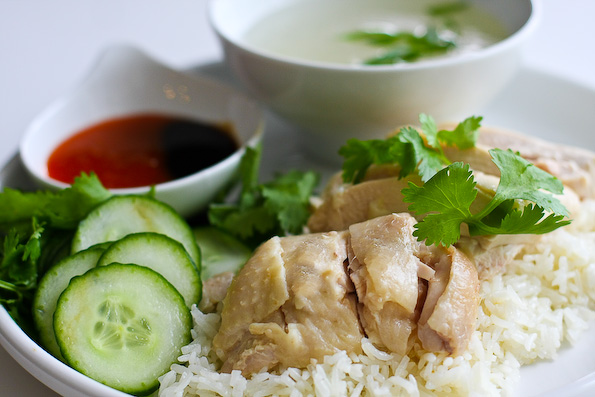
Spain
Spanish tapas encompass a wide variety of small snacks often served in bars or small restaurants as a means of socializing before dinner (which is usually late at night), on the weekends between meals, or as dinner itself. Most tapas tend to encompass a wide range of Mediterranean ingredients and are a cheap snack with a beer or wine. Some popular options are aceitunas (olives), albondigas (meatballs), calamares (fried squid rings), patatas bravas (fried potato sections served with a spicy tomato or aioli sauce), tortilla española (an omelet filled with potato and onion), gambas al ajillo (fresh prawns in olive oil with garlic and chili peppers), and croquetas de jamon (small, lightly fried fritters filled with ham).
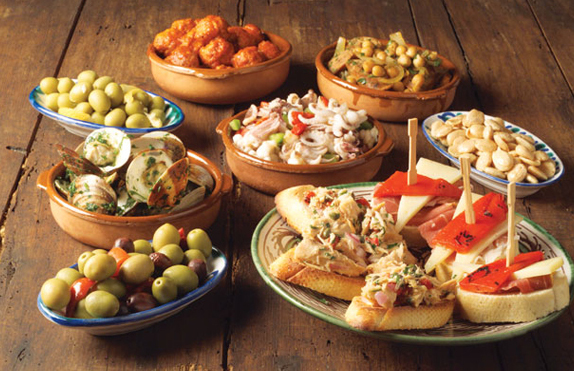
Sampling a country’s local cuisine is truly one of the best ways to understand and connect with the culture. Local cuisine offers a fascinating history lesson while continually evolving and molding to suit the needs of our ever-changing species. We use it as a way to connect, explore and understand, and a good meal is a universal language.

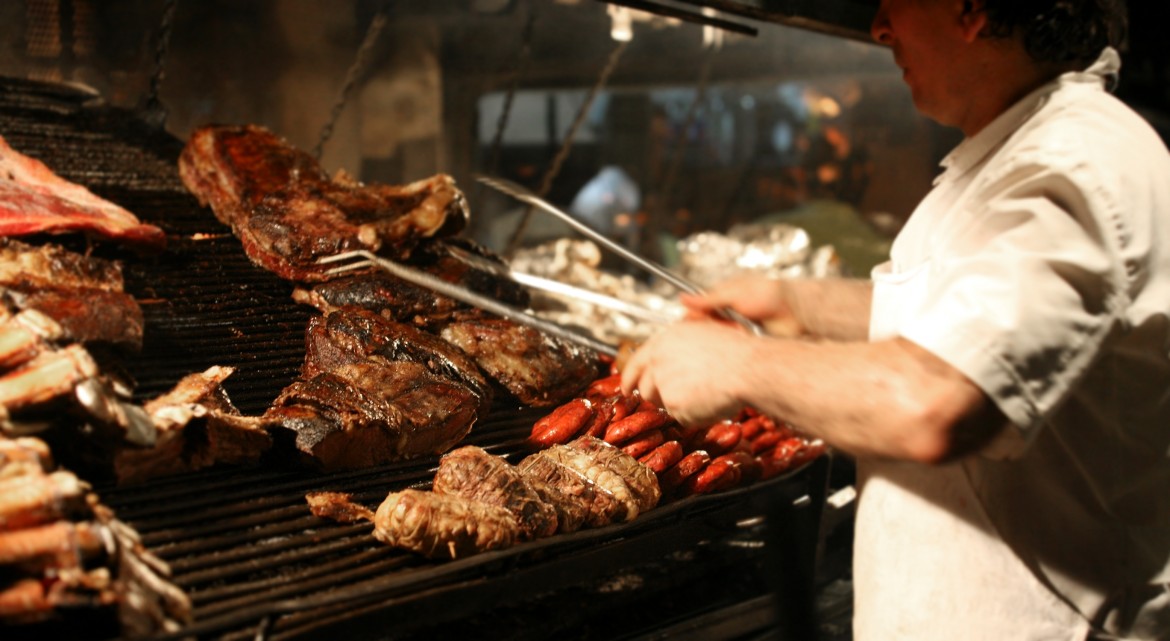









Leave a reply